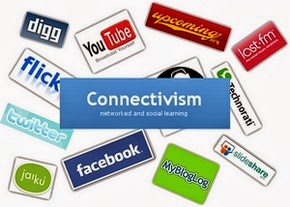Podcast is a great tool that can be used in the language calssroom. I have chosen ESL Podcast 180. This can be quite useful for students who want to learn authentic English. It provides students with a lot of different situations where people can experience real-life conversation.
I tried listening "Airportlayover". First of all, when I listened to it, the speech speed was a little slow so that I did not miss a single word. The transcript of the conversation was given. One advantage of it is that users can be offered definition of words, additional sentences, and cultural notes. Especially cultural notes can be very helpful for students to experience different culture. After I listened to it, the speaker explained about important expressions in detail. Since many people may experience airportlayover, certain terms such as book, roller bag, or carry on will be effective to learn. For example, when the speaker said lug, he introduced 'schlep', which is a Jewish word. It will be a good chance for students to know new words. Lastly, I could listen to the same conversation, but the speed was faster. I could catch the expressions I learned very well.
 How can I utilize this podcast? Most of all, this kind of conversation can be a prefect listening and speaking material. Students can listen to the conversation without a transcript. They can also have a discussion cultural topics before or after listening the conversation. During the lesson, vocabulary can be taught so that students can do a writing activity, using the words or phrases they learned. When students practise speaking, a role-play can be done in a pair or in a group. Since there is not a visual image or video clip, if teachers find or create some images or videos, it would be a perfect lesson.
How can I utilize this podcast? Most of all, this kind of conversation can be a prefect listening and speaking material. Students can listen to the conversation without a transcript. They can also have a discussion cultural topics before or after listening the conversation. During the lesson, vocabulary can be taught so that students can do a writing activity, using the words or phrases they learned. When students practise speaking, a role-play can be done in a pair or in a group. Since there is not a visual image or video clip, if teachers find or create some images or videos, it would be a perfect lesson.

















